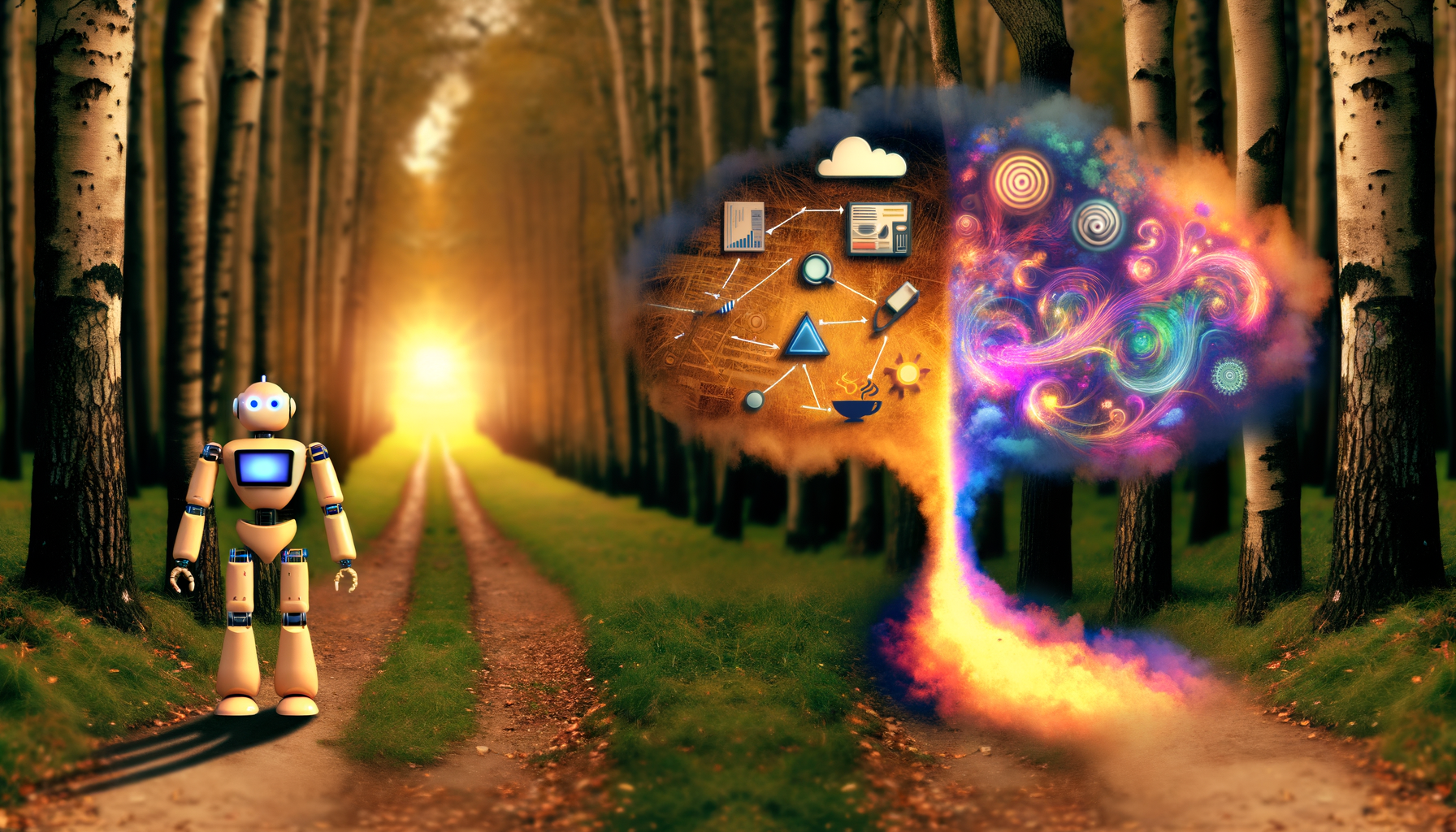Understanding Agentic AI and Generative AI: Key Differences Explained
Artificial Intelligence (AI) is becoming more and more a part of our daily lives. However, not all AI systems are the same. Two important types of AI are Agentic AI and Generative AI. Each has its own unique features and functionalities that serve different purposes. In this blog post, we will explore these two types of AI, their differences, and their potential impacts on our world.
What is Agentic AI?
Agentic AI refers to AI systems that are designed to autonomously make decisions and take actions. Think of it as an AI that can operate independently, much like a human. These systems have a set of predefined goals and can analyze data, learn from experiences, and make choices based on what they learn. This ability helps them perform tasks without human intervention.
For example, consider a self-driving car. A self-driving car (an example of Agentic AI) uses various sensors and data to navigate through traffic, recognizing obstacles and making decisions about speed and direction—all without a human driver. In this sense, Agentic AI can be seen as a “decision-maker” in various applications.
The Characteristics of Agentic AI
- Autonomy: Agentic AI systems operate independently and make decisions without human input.
- Learning Capability: They learn from experiences and adapt their behavior accordingly.
- Task-Oriented: These systems are designed to achieve specific goals or outcomes.
With these traits, Agentic AI can be useful in many fields, including healthcare, finance, and robotics. It can respond quickly to changing conditions and optimize tasks in ways that humans might find challenging.
What is Generative AI?
Generative AI, on the other hand, is a different breed of AI. Rather than focusing on decision-making, Generative AI is designed to create new content. This can include text, images, music, and even entire video games! The key here is that Generative AI systems learn from existing data to generate new examples that mimic the original data they were trained on.
For instance, think about how popular art generators work. These AI systems analyze thousands of artworks and can then create unique pieces that resemble various styles. They don’t just replicate; they innovate based on the data they have seen.
The Characteristics of Generative AI
- Content Creation: The primary role of Generative AI is to produce new material.
- Imitation and Innovation: These systems can imitate existing styles but also innovate within those styles.
- Text and Art Generation: Generative AI can create everything from poems to realistic images.
Examples of Generative AI include OpenAI’s ChatGPT for text generation and DALL-E for image creation. These systems revolutionize creative industries and streamline content production.
Key Differences Between Agentic AI and Generative AI
Though both types of AI are fascinating, they serve different purposes and function in distinct ways. Here are the main differences:
| Feature | Agentic AI | Generative AI |
|---|---|---|
| Primary Function | Decision-making and action | Content creation |
| Autonomy | High: Operates independently | Low: Requires input data |
| Learning Style | Adapts through experience | Generates new data from existing data |
Potential Impacts and Applications
As we embrace these AI technologies, their potential impacts on society continue to grow:
- Agentic AI: Can enhance productivity in various fields by automating repetitive tasks, freeing humans to focus on more creative aspects.
- Generative AI: Will reshape creative industries, allowing artists, musicians, and writers to explore new avenues of creativity and productivity.
That said, both types also raise ethical concerns. For instance, the use of Agentic AI in surveillance systems poses privacy risks. Meanwhile, Generative AI’s capability to create realistic fake content has implications for misinformation and content authenticity.
Conclusion
In the rapidly evolving landscape of AI technologies, understanding the distinctions between Agentic AI and Generative AI is crucial. Both have the potential to reshape industries and impact our daily lives in meaningful ways. By learning about these systems and their applications, we can harness their power responsibly and ethically.
As we continue to explore the fascinating world of AI, remember the words of the AI ethics researcher, Kate Crawford, who once said, “Understanding AI is not just for engineers and computer scientists; it’s for everyone.” So let’s all learn together and engage with the possibilities AI offers! For more information on AI advancements, check out MIT Technology Review.


